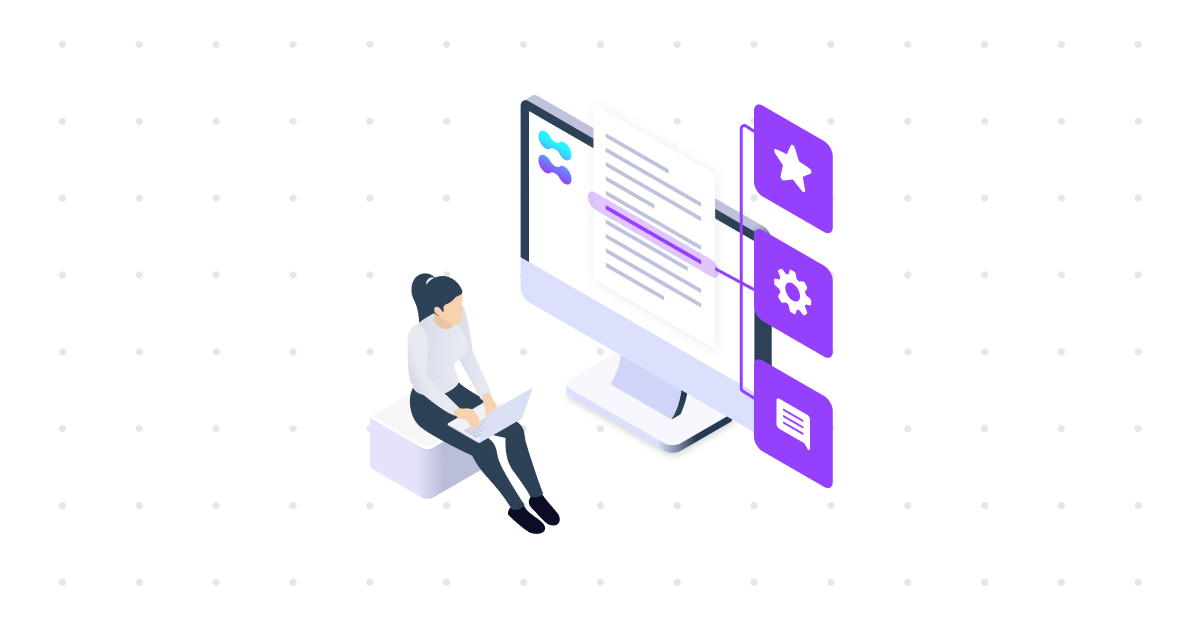Less manual work in exchanging requirements
- Case study
As a grid operator, our client is responsible for a high-voltage network. The client makes extensive use of standardization regarding requirements (or specifications). These specifications were scattered in various documents, which meant that, in practice, they were not always applied with the same care and consistency. Learn how digitally structuring requirements ensures that they are reused very efficiently in the same way in every project.
From “document based” to “model-based.”
Our client has been working with standardization regarding requirements for years. What conditions must installations meet, how must these installations be built, etc.?
Until a few years ago, requirements were stored in documents. As a result, data around these specifications were applied in isolation on a project-by-project basis. The last project often served as the basis for the next project. This meant that specific data was continuously changing, making, for example, installation maintenance much more challenging to organize.
Together with consultants from Arcadis, among others, they started structuring the requirements from documents in a “requirements library.” This marked the step from “document based” to “model-based” work.
One advantage of this was that instead of sharing the full requirements, the company only shared the relevant “chapters” of project requirements with its contractors. For example, all specifications fall within the “cables” chapter. This saved time for the contractor and reduced the likelihood of errors.
Data exchange is now also “model-based.”
A digital “requirements library” was an excellent foundation for the next step: ensuring contractors’ applications could directly apply to our client’s data.
After all, if both humans and computers can understand and apply the data, you reduce manual labor to the maximum. For example, you write a project and only share the relevant requirements with your contractors. Contractors import the data into their systems and immediately have these application requirements. Provide references to the source of the requirement and the link to the relevant object(s). You know immediately what the project needs to comply with and can then deliver back the requested information in a very focused way and with a great deal of certainty. The next step in efficiency has been made!
The “Laces Specifications” application
Our client chose Laces for sharing this data with internal and external applications. The requirements library was imported into the “Laces Specifications” application. From then on, this application serves as the central place where requirements are maintained and created.
The data in Laces is recorded according to open standards* (i.e., software neutral) and is therefore extremely suitable for exchange with other applications.
Our client also uses Laces for describing and capturing objects in the Object Type Library. The interaction between these two applications makes the detailed capture and targeted sharing of data with partners efficient and effective. Read how our client uses a Reference Data Library.
*Collaborate in unified ways to make information more secure, easier to exchange, and more accessible. That is how open standards foster collaboration between government, citizens, and business.
An example
The cables chapter contains two sections: data cables and electrical cables. Within the electrical cables section, there are specific requirements based on the number of kilovolts that a cable must be able to handle. For example, the project in question determines whether this should be 380 or 150 kilovolts.
In the previous situation, the complete specification package was handed over, consisting of hundreds of requirements from the cables chapter. In the “new” situation, only the dozens of relevant requirements, which apply to 380-kilovolt cables, are shared. The contractor, therefore, no longer needs to review hundreds of requirements for relevance, which saves time and money.
In the library, our client clicks the project together, so to speak. Then the relevant specifications are shared. The contractor pulls this requirements package into any application at the push of a button. This significantly increases efficiency and reduces the likelihood of errors.
Extracting Specifications from Documents: Manual vs. NLP-Based Extraction
Extracting, interpreting, and applying specifications from technical documents, like standards, contracts, or regulations, is often a necessary but painstaking part of project or product management. Traditionally, this has been done manually, but recent advances in Natural Language Processing (NLP) have opened up new, intelligent alternatives. In this blog, we’ll explore the differences between manual and […]
ReadWhat is the difference between Ontologies and Object Type Libraries (OTLs)
In today’s data-rich environments, organizations face growing pressure to improve their information management and data exchange. Two essential concepts that support this are Ontologies and Object Type Libraries (OTLs). Both are foundational to structuring and standardizing data. While they have different emphases, they are not opposites. Instead, they often work hand-in-hand. Understanding their roles and […]
ReadWhat’s Inside an Object Type Library? Understanding OTL Contents and Scope
When you first hear the term Object Type Library (OTL), it might sound like a technical catalog or something buried deep in the domain of data specialists. But a well-defined OTL can make life easier for everyone who works with data, especially those designing, building, or maintaining complex systems. From engineers and asset managers to […]
Read


